- Home
- slideshows
- miscellaneous
- China could restrict its export of rare-earth metals as a trade-war tactic. Here's what they are and why they're so crucial.
China could restrict its export of rare-earth metals as a trade-war tactic. Here's what they are and why they're so crucial.
The 15 lanthanides found in the second row up from the bottom of the periodic table (with atomic numbers 57 to 71) are rare-earth elements. The other two are scandium and yttrium.

Rare-earth elements are relatively abundant in the Earth's crust, according to the USGS, but are widely dispersed. Because of that, it's rare to find a substantial quantity of the elements clumped together in an extractable way.
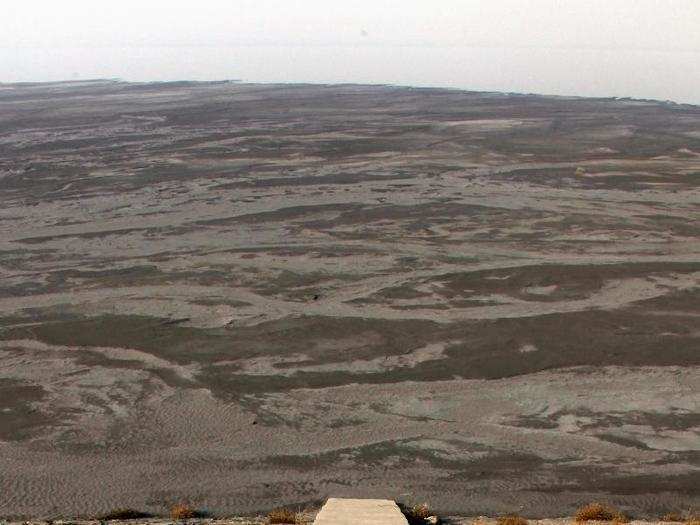
Thulium and lutetium are two of the least common rare-earth elements, but their average abundance in the Earth's crust is still nearly 200 times greater than that of gold, according to the USGS.
Still, there are only a few viable areas on the planet where rare-earth elements can be mined and refined, and they're expensive to extract (and therefore to purchase). Building a rare-earth mine can cost up to a $500 million, according to the Wyoming Mining Association.
According to The Conversation, Europium — the rare-earth used in computer monitors and TV screens — cost about $712,000 per metric ton.
Rare-earth elements can be formed by volcanic activity, but many were first created in supernova explosions at the dawn of the universe, before Earth existed.
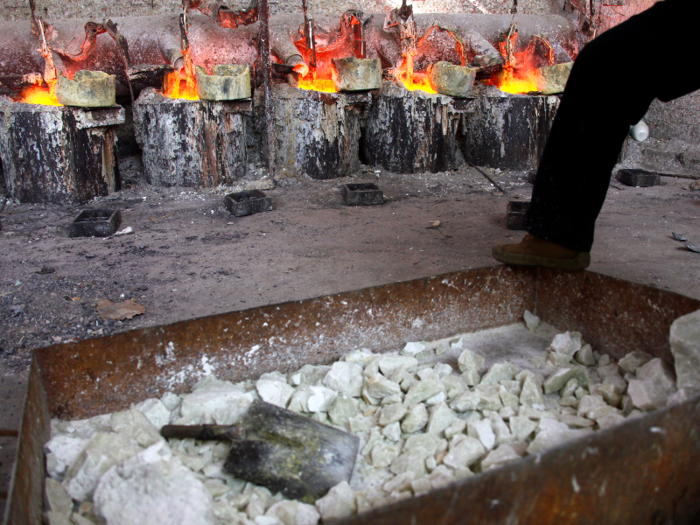
When the Earth formed, the minerals were incorporated into the deepest portions of the mantle.
As tectonic activity has moved portions of the mantle around, rare-earth minerals have found their way closer to the surface. The process of weathering — in which rocks break down into sediment over millions of years — spread these rare minerals all over the planet.
Extracting these elements is challenging because they're just as likely to chemically bond to surrounding dirt, rocks, and mineral sediment as they are to each other.
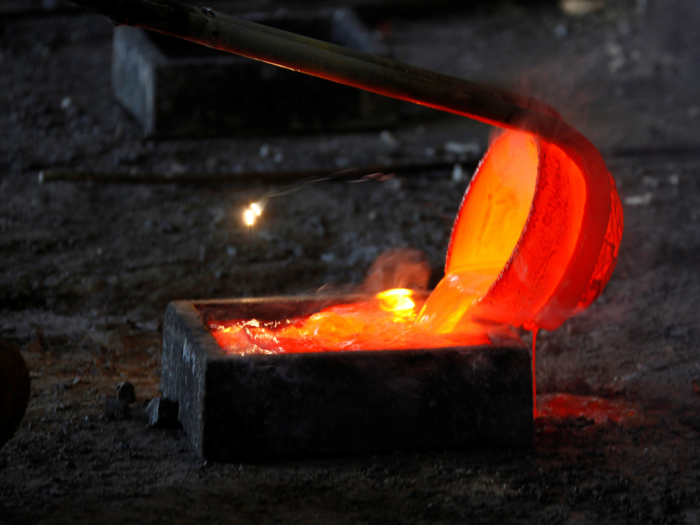
Identifying concentrated reserves of these elements is just one step in a difficult production process.
"Once you take it out of the ground, the big challenge is chemistry, not mining; converting the rare earths from rock to separated elements," Eugene Gholz, a rare-earth expert at the University of Notre Dame, told the Verge.
That separation process is expensive and labor-intensive. First, the raw material is aggregated into concentrated chunks rich in rare-earths. Then, to isolate the elements from each other and the surrounding material, the raw material gets dissolved and funneled through hundreds of liquid-containing chambers. These chambers are designed to separate the rare-earths based on how they dissolve in the surrounding liquid. Sometimes, the raw materials are doused in acids or radioactive chemicals.
The extraction process has to be repeated hundreds of times.
Rare-earths are essential in the production of many tech and defense products. Companies like Raytheon and Lockheed Martin manufacture missiles that use rare-earth elements in their sensors and GPS.
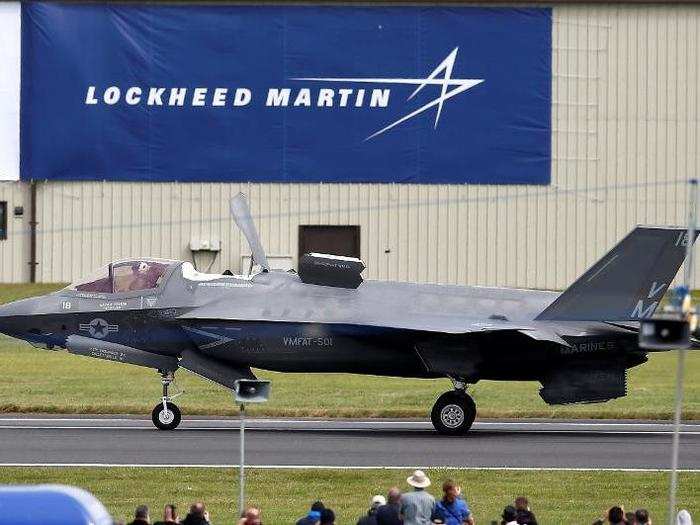
Some rare-earth minerals are essential for military equipment like jet engines, anti-missile defense systems, and satellites.
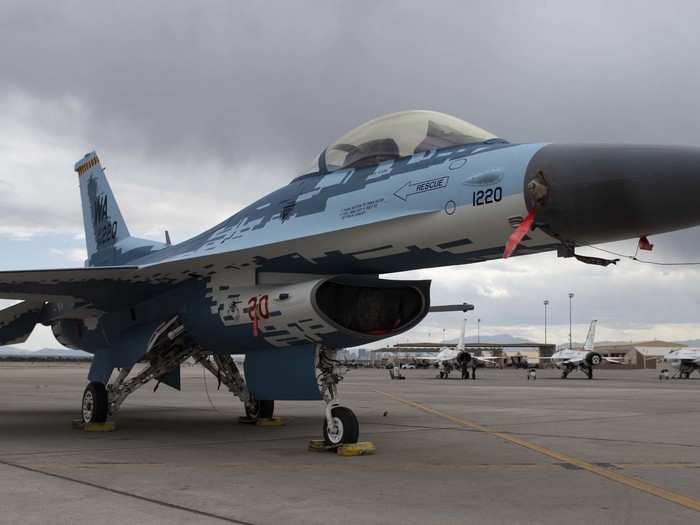
Reuters reported that the DoD accounts for about 1% of the US' demand for rare-earth minerals, according to a 2016 report from the US Government Accountability Office.
The military's night-vision goggles, precision-guided weapons, communications equipment, GPS equipment, batteries, and other defense electronics all utilize rare-earth elements.
Apple products like the iPhone use rare-earth elements in their speakers, cameras, and the tech that makes the device vibrate.

Several rare-earth elements are used in electric-vehicle motors as well, including in the Tesla Model 3.
China, on average, has accounted for more than 90% of the global production and supply of rare-earth elements during the past decade.
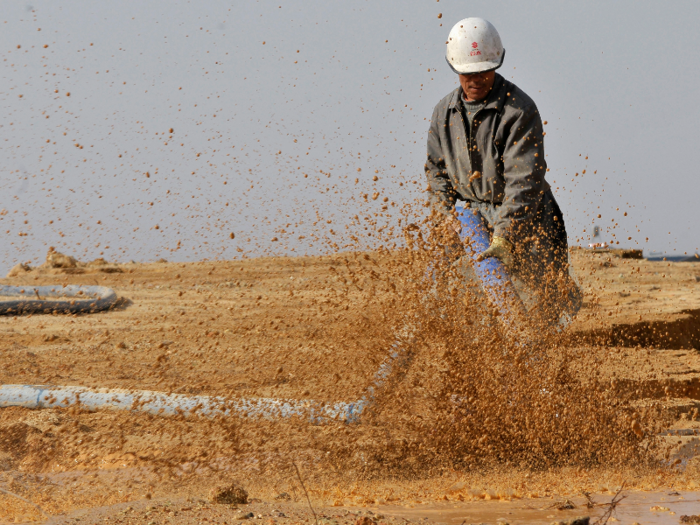
According to the USGS, upwards of 140 million tons of rare-earth elements exist in subterranean reserves across the globe in total. China holds an estimated 61 million tons.
The country supplied 80% of the rare-earth elements imported by the US between 2014 and 2017.
On May 21, Chinese president Xi Jinping visited one of the country's largest rare-earth factories in Ganzhou. His top economic adviser Liu He, who has been leading trade negotiations with the US, was there, too.
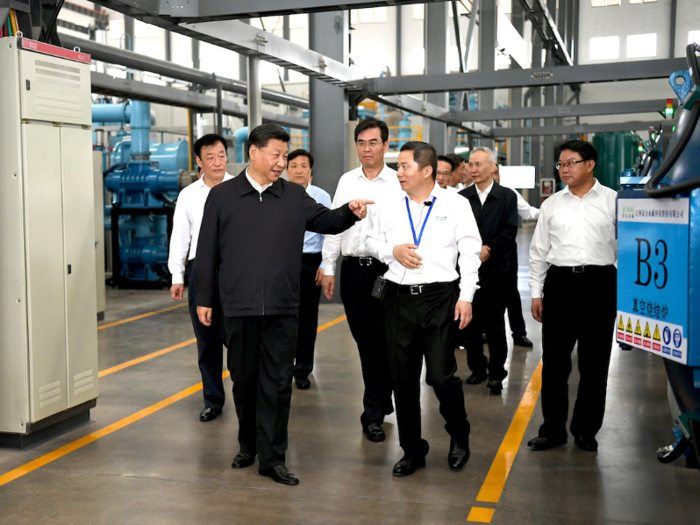
The president's visit to the factory hinted to the world that China could be planning to leverage their near-monopoly on the rare-earth industry to make the US back down in the trade war.
According to Reuters, the DoD sent a report to the White House and Congress on May 29 to ask for more federal funds to bolster domestic production of rare-earth minerals in order to reduce the country's dependence on China.
China's large supply of rare-earth metals has already enabled its government to dictate ever-rising prices for years.
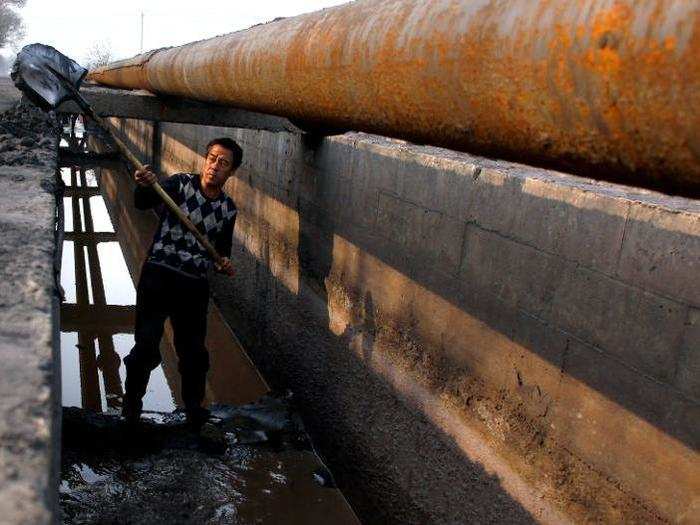
In 2010, China reduced its export quotas of rare-earth minerals, pushing prices up as much as 10%.
The country was forced to start exporting more of the minerals again after the European Union filed a dispute with the World Trade Organization in 2012, claiming that these export restrictions limited access for companies outside of China.
The US only has one rare-earth mining facility: California's Mountain Pass mine in San Bernardino County.
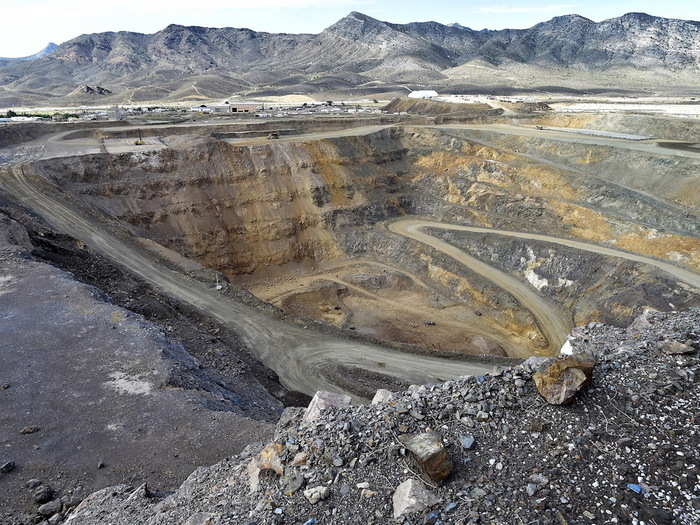
The California mine ships the roughly 55,000 tons of rare-earth concentrate it extracts each year to China for processing.
MP Materials, the company that manages the facility, has indicated that it plans to kick-start its own processing operation stateside in 2020, since the costs of shipping raw materials to China is rising.
China's largest mining operation is located near the city of Baotou, west of inner Mongolia.
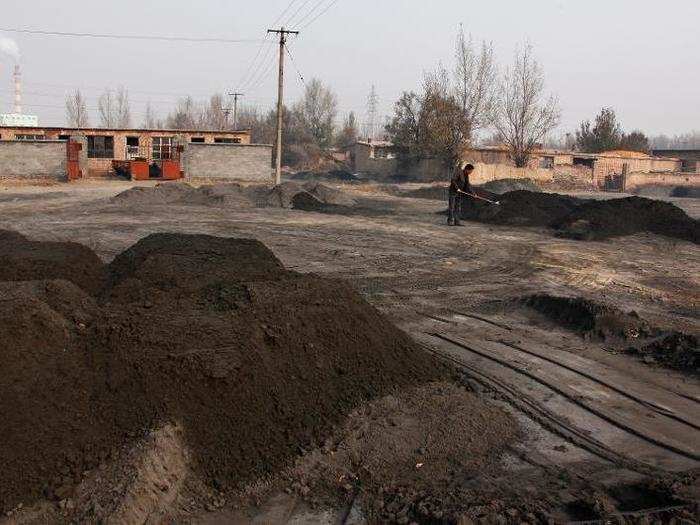
Rare-earths are also mined in Brazil India, South Africa, Canada, Australia, Estonia, and Malaysia.
The environmental impacts of rare-earth mining and refining aren't yet well understood.
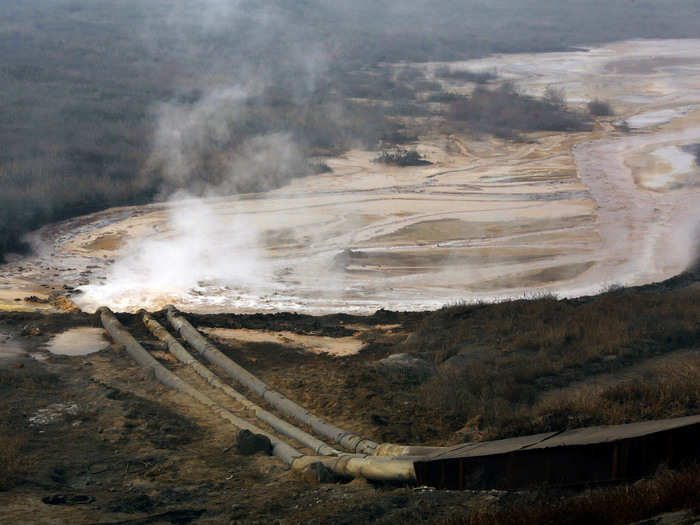
Waste products (called tailings) from the process of refining rare-earth minerals are often dumped in dams and reservoirs near processing facilities. Sometimes, radioactive chemicals are used during the refining process, and those can enter waterways as well.
One company near Baotau, China — called Huamei Rare-Earth High-Tech Co — dumps its tailings in a 10-square-kilometer dam that can hold 230 million cubic metres of this waste. (That's equal to 92,000 Olympic-sized swimming pools.)
But residents of Xinguang village, located near the mines in Baotou, complained that tailings were leaking out of the dam and contaminating their drinking water.
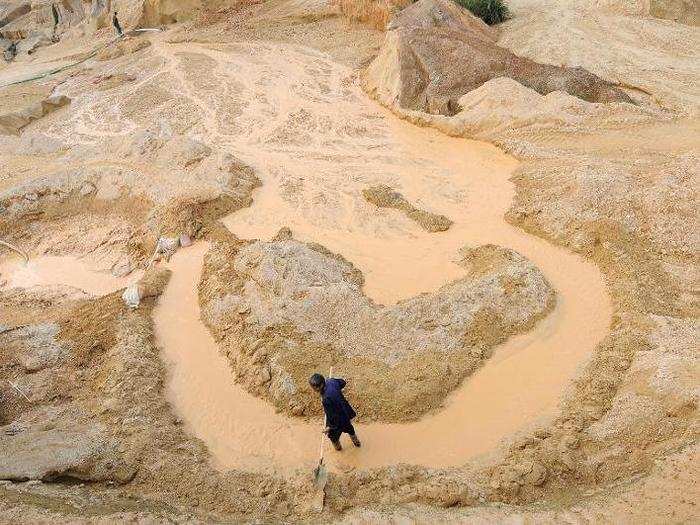
"When we boil the water to drink, this white scum forms on top and it tastes bitter," Guo Gang, a 58-year-old farmer, told Reuters.
An official from Baotou confirmed in 2010 that companies working in the Bayan Obo Mine there had dumped mildly radioactive tailings into local water supplies, farmland, and the Yellow River, Reuters reported.

Source: Reuters
China's control of the rare-earth market may not last forever, though. A large deposit was discovered off coast of Japan last year.
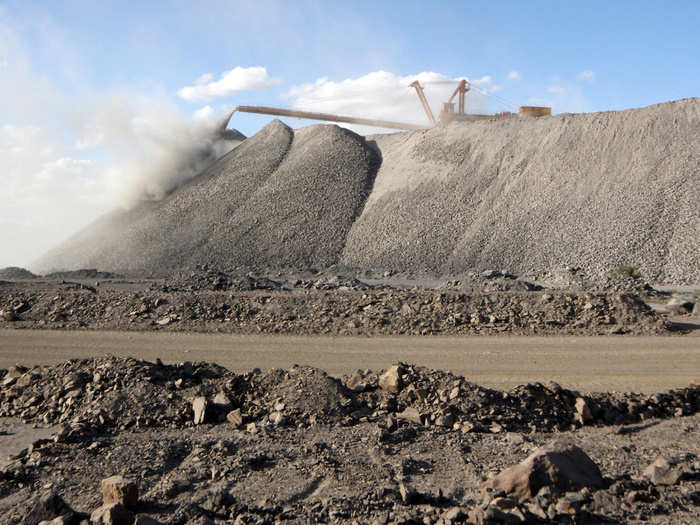
According to a 2018 study published in the journal Scientific Reports, the deposit near Minamitori Island contains 16 million tons of the valuable metals.
"This is a game changer for Japan," Jack Lifton, a founding principal of market-research firm Technology Metals Research, told The Wall Street Journal. "The race to develop these resources is well underway."
Popular Right Now
Popular Keywords
Advertisement